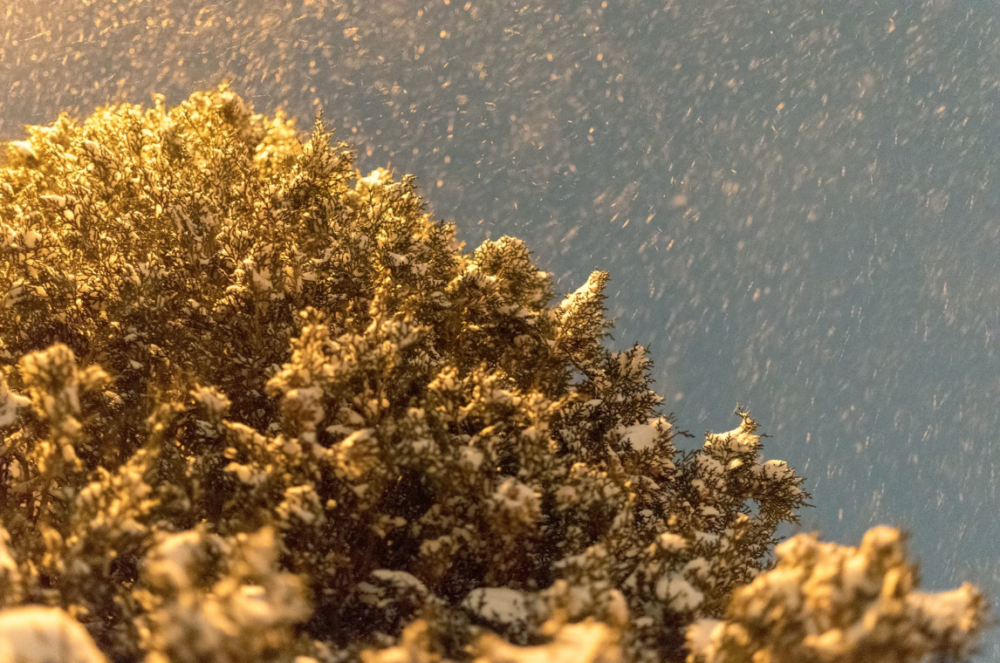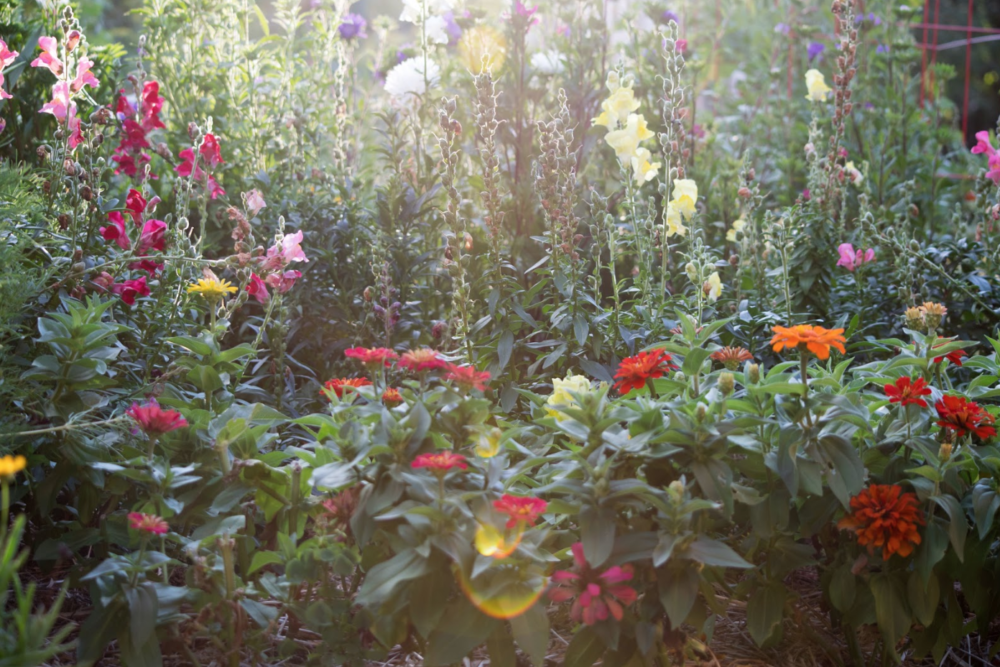I love taking my camera new places, whether I’m traveling or scoping out new-to-me areas all over Southeastern Michigan where I live. Photography is generally my medium for exploring what the wide world has to offer. Sometimes, though, I have a creative itch but the weather’s bad, or I’m not feeling great, or I’m crunched for time. Over the years, I’ve found that treating the area where I live as a subject for inspiration is every bit as valid as trying to capture some far-off, unexplored land—even if it seems like your neighborhood is the least likely place for photography opportunities.
You know your neighborhood like the back of your hand, after all: houses, roads, cars, sidewalks, buildings, fences. Especially if you live on a sleepy neighborhood street and not in the heart of a city, it may seem like there’s not much worth photographing. But there really is art everywhere, even if you have to train yourself to see it. Here are a few ways I find photo-worthy subjects around the block.
1. Pay attention to texture
From lines in cement to the bark of a tree, there are a hundred thousand ways texture can lay the groundwork for an interesting photography opportunity in your neighborhood. Photography is not merely an observational sport. It encourages you to be in the world, too: touch the harshness of a rusting fence post; feel the smoothness of a rock. Then capture it.
2. Let different times of the day and year show you contrasts
Monet painted dozens of haystacks for a reason: lighting changes all the time. I use an app called Golden Hour to help monitor how light changes over the course of a day. The house next door looks entirely different just before sunrise than it does at 2 p.m. The same house will also look different with the maples in the front yard going golden in October, with snow on the eaves and smoke snaking out of the chimney, and with a slight dusting of pollen in early spring.

The exterior lighting of the author’s apartment building lit up the snow falling on this evergreen just so on Christmas night last year
Holidays like Halloween and Christmas and even sometimes Easter and Thanksgiving can also be a boon to the local photographer. Keep your eyes open for decorations and lights.
3. Use the weather to your advantage
Some of my favorite photos have been taken during or immediately after a snowstorm. Weather affects not just the landscape of a place, but how people interact with it. Picture how snowflakes glitter in the glow of a streetlamp, the deserted parking lot of a typically busy local corner store, and kids who look like colorful dots racing down a hill as they sled. You can find similar shifts after a heavy rain or heat wave.
4. Look down…
Or up, or to the side. We spend most of our time facing straight ahead—and even more looking at our phones. In my neighborhood, I discovered that the year a segment of sidewalk was installed is etched into the cement every so often. It’s become a game to find the oldest sidewalk and memorialize it, even if it’s only for me. Try looking in directions you wouldn’t normally look, and find a way to disrupt a familiar subject by coming at it from a new angle.
5. Shoot the details within the details (Macro)
Shooting macro is another way to find items of interest close to home. Seek out flowers, pennies dropped on the ground, insects—on the smallest scale, the possibilities are limitless.

A garden on a dead-end street holds possibilities for art
6. Don’t be afraid to follow a path
I’m not advocating for trespassing on private property. But if there’s a trail or a sidewalk that goes somewhere, and you don’t know where it leads, follow it!
Shortly after I moved into my current apartment complex, I began to notice people parking at the dead-end of the street and walking… somewhere. It turned out they were visiting a community garden, with tomatoes and carrots and stunning flowers, too.
7. Photograph birds
Birds! They’re endlessly fascinating, they’re everywhere, almost all the time, and it can also be a unique challenge to spot them. If you don’t already have a bird feeder, try putting one out and photographing the visitors. Even without a feeder, you can take a walk and follow the birdsong.
Photography can be an incredible way of engaging with the world around us if we embrace the practice, especially in the realm of neighborhood photography opportunities. There is always something new to see just around the corner.
Now that you’ve explored neighborhood photography opportunities, why not consider other ideas for meaningful photography projects?

